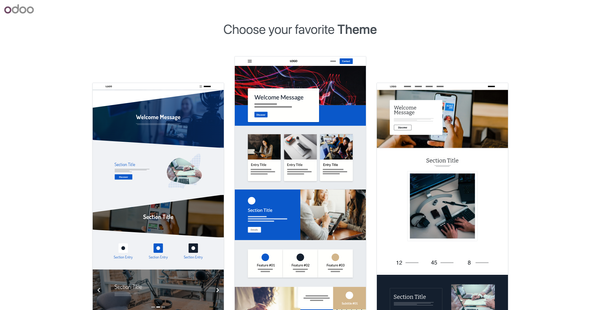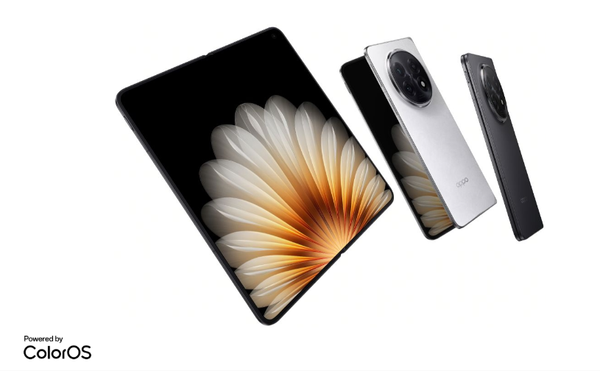How to Install and Create Flask Web App in Mins (Python Tutorial 2024)
Table of Content
Flask is a popular web framework written in Python that allows developers to build web applications quickly and easily. It is known for its simplicity, flexibility, and scalability.
Advantages of using Flask
Here are the advantages of using Flask:
- Simplicity: Flask has a simple and intuitive API that makes it easy to learn and use. It provides a minimalistic approach to web development, allowing developers to focus on writing clean and concise code.
- Flexibility: Flask does not impose rigid structures or conventions on developers. It allows developers to choose the tools and libraries they need for their specific project requirements. This flexibility enables developers to build applications tailored to their needs.
- Modularity: Flask follows a modular design, allowing developers to add or remove features as needed. It provides a wide range of extensions that cover various functionalities such as database integration, user authentication, and more. Developers can easily extend Flask's capabilities by integrating these extensions into their applications.
- Pythonic: Flask follows the Python programming language's coding style and philosophy. It leverages the simplicity and readability of Python, making it a comfortable choice for Python developers.
- Scalability: Flask is designed to handle small to medium-sized applications with ease. It is lightweight and efficient, providing quick response times and optimal performance. Flask's scalability makes it suitable for a wide range of projects.
- Active Community: Flask has a large and active community of developers who contribute to its development and provide support. This active community ensures that Flask stays up-to-date with the latest web development trends and provides a wealth of resources, tutorials, and libraries for developers to utilize.
In summary, Flask's simplicity, flexibility, modularity, Pythonic nature, scalability, and strong community support make it an excellent choice for building web applications in Python.
In this tutorial, we will learn how to install Flask and create a blog using Python in just a few minutes.
Requirements
- Python: you have to get make sure Python is installed at your operating system
- PIP is a package manager for Python packages, or modules
Install Flask
To install Flask, you can use the following command in your terminal or command prompt:
pip install flask
Create a Flask App
To create a flask app, all you need is to create an empty Python file and import the flask library:
from flask import Flask
app = Flask(__name__)
app.py
Create and define your page routes
Define the routes and functions for your blog application. For example:
@app.route('/')
def home():
return 'Welcome to my blog!'
@app.route('/post/<int:post_id>')
def show_post(post_id):
return f'This is post number {post_id}.'
app.py
Run the Application
To run your Flask application, use the following command:
python app.py
View HTML pages with Flask
To create and write static pages in your Flask application, follow these steps:
- Create a new folder in your project directory called "static".
- Inside the "static" folder, create another folder called "pages".
- Create a new HTML file for each static page you want to create, such as "about.html" or "contact.html". Place these HTML files inside the "pages" folder.
Here's an example of how you can serve a static page using Flask:
@app.route('/about')
def about():
return app.send_static_file('pages/about.html')
@app.route('/contact')
def contact():
return app.send_static_file('pages/contact.html')
app.py
Make sure to replace "about.html" and "contact.html" with the actual names of your static HTML files.
Now, when you visit the "/about" or "/contact" routes in your Flask application, Flask will serve the corresponding static HTML pages.
Final thought
Now that you have successfully set up a basic Flask application and have defined a few routes, you can further enhance your blog by incorporating additional routes, views, and templates. By expanding the number of routes, you will be able to cater to a wider range of user interactions and functionalities.
Additionally, by creating more views, you can present your blog content in various formats, such as lists, grids, or detailed views, providing a more engaging and dynamic user experience.
Furthermore, by designing and implementing additional templates, you can customize the visual appearance of your blog, making it more visually appealing and aligned with your desired aesthetic. With these enhancements, you will be able to create a more comprehensive and immersive blogging experience for your users.










